(AfroGamers.com) Is it time for more Judge Dredd? I believe it is. Almost three years ago, we went into the series’ first multi-part arc in “The Robot Wars”. This time, we go into a brief story from September 1977 in “Neon Knights” and I’m not talking about the Black Sabbath and Accept songs of the same name!
A Familiar Theme
This story comes before the story “The Return of Rico”—which honestly should’ve been a multi-part story itself. As a matter of fact, “The Neon Knights” should’ve also been two or three parts or at least returned as threats as robots are such a significant part of the Dredd universe.
That aside, I dig this one-shot episode as a companion to the events of “The Robot Wars”. It seems natural that some human beings would be fearful of robots following the incident and form a prejudiced vigilante group.
It’s a familiar but rarely used trope in comics as seen in the X-Men franchise and is based on the formation of such groups following the American Civil War and World War I.
Pat Mills and Dave Gibbons weren’t exactly reinventing the wheel with this story but by British comics in the 1970s, this was pretty groundbreaking. It’s odd because this was pretty much a one-shot.
That’s not to diminish the story’s punch as short stories have often influenced whole genres while whole books that are also groundbreaking can go undiscovered for years. Sometimes those one-shots and short stories open the doors to other influential works but are more digestible examples of a writer’s work.
Also, Judge Dredd is a sci-fi series with its roots in cyberpunk. It’s a genre that explores social and economic inequality with a backdrop of neon lights, skyscrapers, and technological advances that aren’t accessible to everyone.
This story is right at home in the genre.
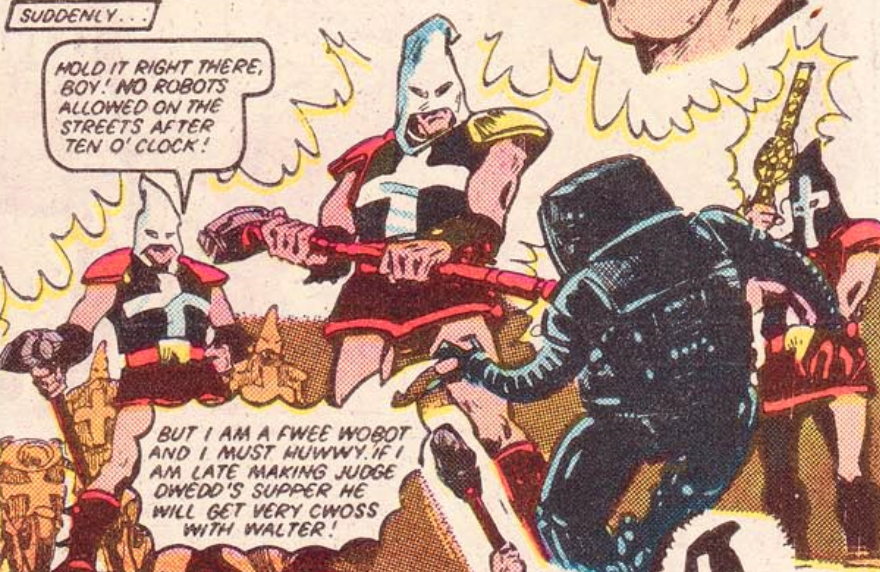
Judge Dredd: The Neon Knights
This story features a group that looks similar to the Klan who are totally against robots being a part of society. As expected, they become violent fast and begin attack robots in Mega-City One.
Things land on Judge Dredd’s doorstep when his robot butler and sidekick Walter the Wobot is attacked by the Knights. Dredd sets off to investigate and bring them in.
Now, if it’s one thing you should’ve learned after several recaps of Judge Dredd from the 1970s is that Dredd rarely loses. He might lose sometime during the storyline but at the end, he usually succeeds if there’s no outside forces such as politics and backdoor deals.
You know, things that Dredd tends to distance himself from but eventually becomes involved in. That’s another trope for another time, folks.
The story ends with Dredd busting the group and revealing the leader of the Neon Knights to be a robot themselves. After the other members see this, they pretty much abandon their leader.
Could The Story Have Been Expanded?
Not only could the story have been expanded, it should’ve been expanded. “The Neon Knights” had the potential to be a landmark story in the Judge Dredd series.
Also, the group could’ve been reoccurring threats to Mega-City One. The city is massive, running the majority of the Canadian and American east coast. On one hand, Dredd could’ve stamped the group out easily because it’s Dredd.
However, these kinds of sentiments of fear and panic-driven bigotry don’t simply die out once a group is put in the dirt. When those sentiments are allowed to breathe and grow, we get revival groups, new groups, and different chapters of a larger groups.
The Neon Knights should’ve have become a massive threatening cabal of racism but I could see the group existing in pockets and chapters. Maybe they expand their scope to include mutants or even clones—such as Dredd himself—as targets.
There is a lot that could’ve been done here but the same could be said for a short-lived stories and characters in not only Judge Dredd but 2000 A.D in general.
Is It Worth a Read?
It’s a six or seven-page story so there wasn’t a lot of twists and turns, just the one twist at the end. The thing about the twist is if you’ve watched The Twilight Zone, The Outer Limits, or read any comics or sci-fi literature before going back to read this, you’ll see the twist coming a mile away.
However, if you think of the story in the time it was written—post-Civil Rights Movement and post-Summer of Love—the story and the twist are pretty fresh. Prior to Mills and Gibbons working on the story, you had similar themes in The Uncanny X-Men and Tales from the Crypt.
That’s really what I like about stories like this, there are familiar tropes mixed in with writing that would influence future stories or continued from previous ones.
Is it a standalone story? Pretty much. However, the roots for this story stretch back to “The Robot Wars” months earlier. There’s no “Hey those robots tried to kill everyone but let’s move on and deal” here, you expect groups like this to rise or see an increase in membership when events like that happens.
Again, the Civil War, World War I, and 9/11 are all real-world examples of this happening and comic books always reflected that regardless of the decade.
Staff Writer; M. Swift
This talented writer is also a podcast host, and comic book fan who loves all things old school. One may also find him on Twitter at; metalswift.

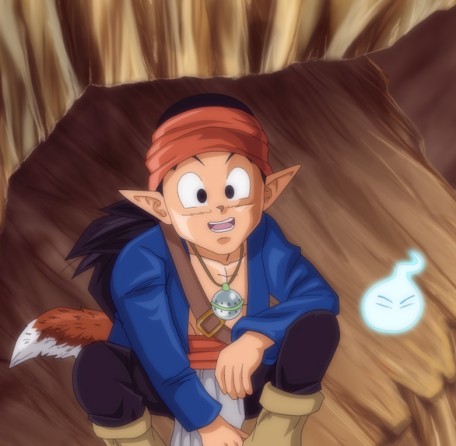




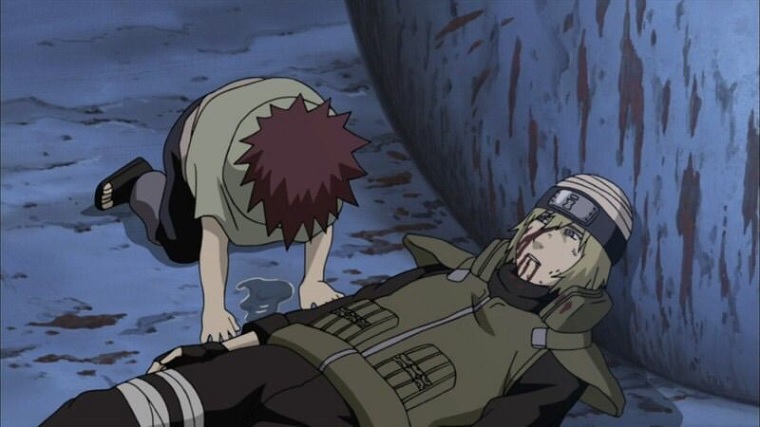

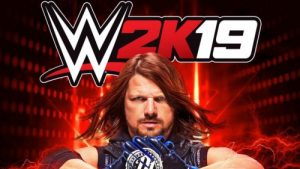
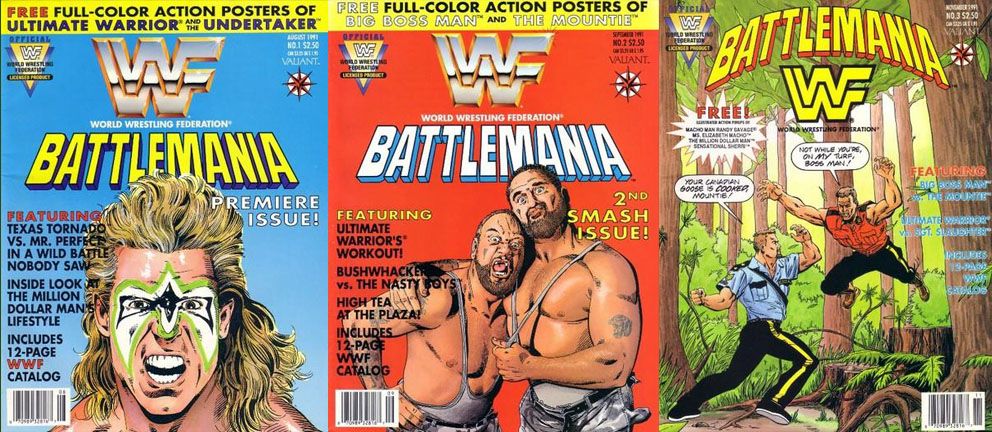

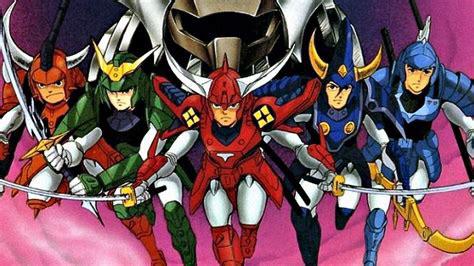
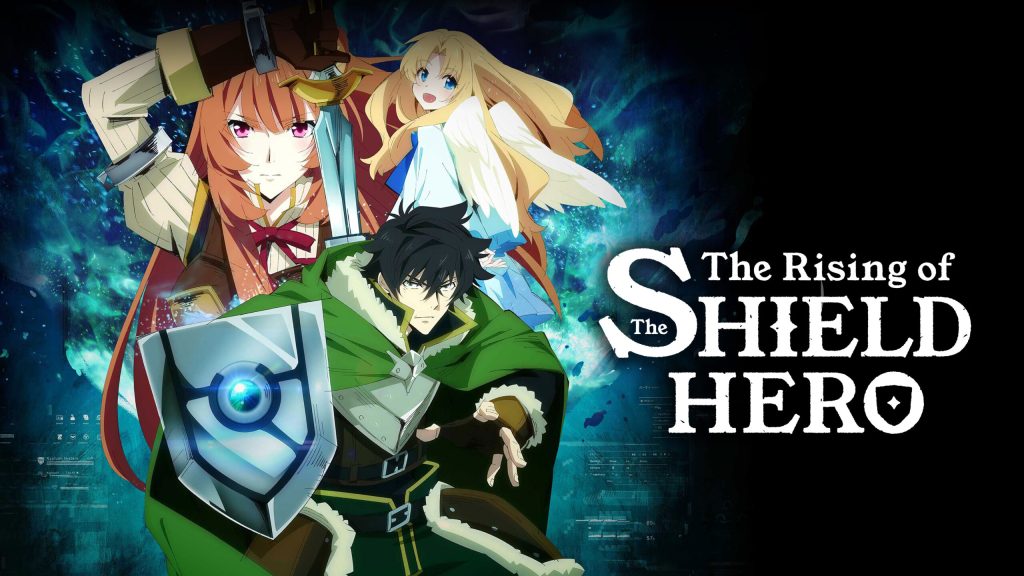


Leave a Reply